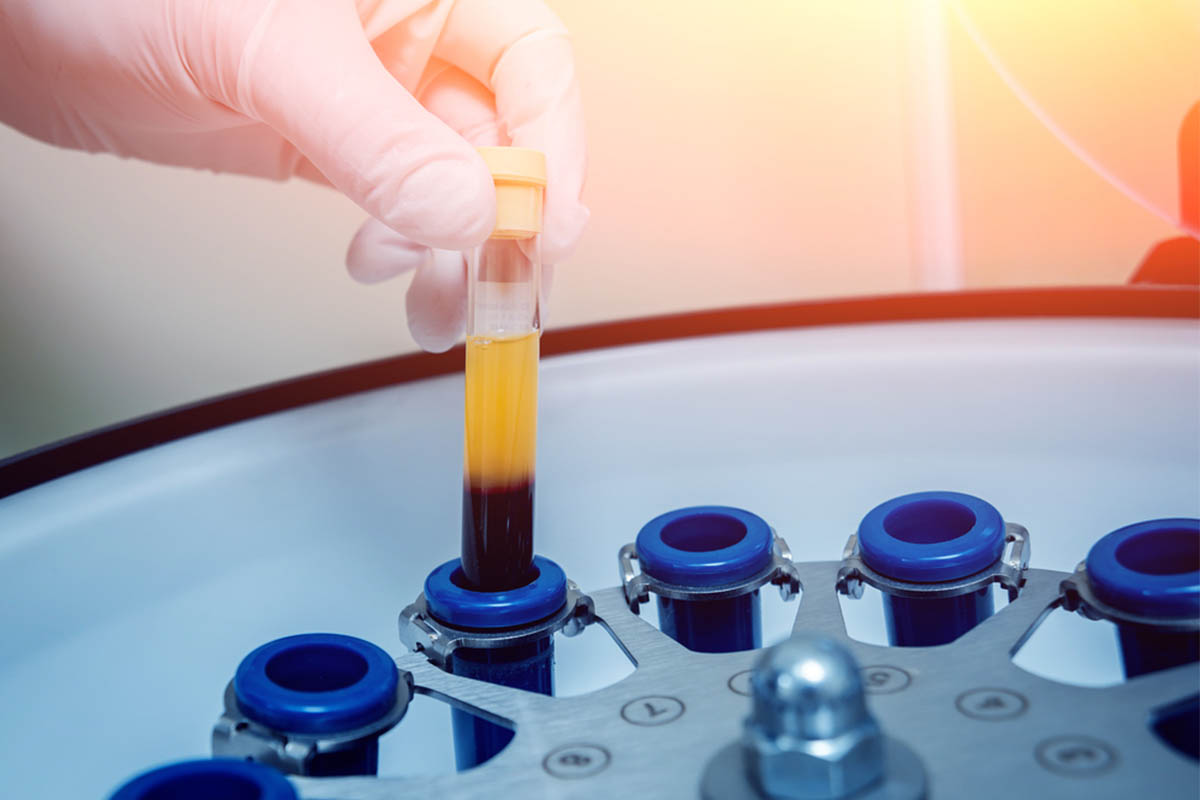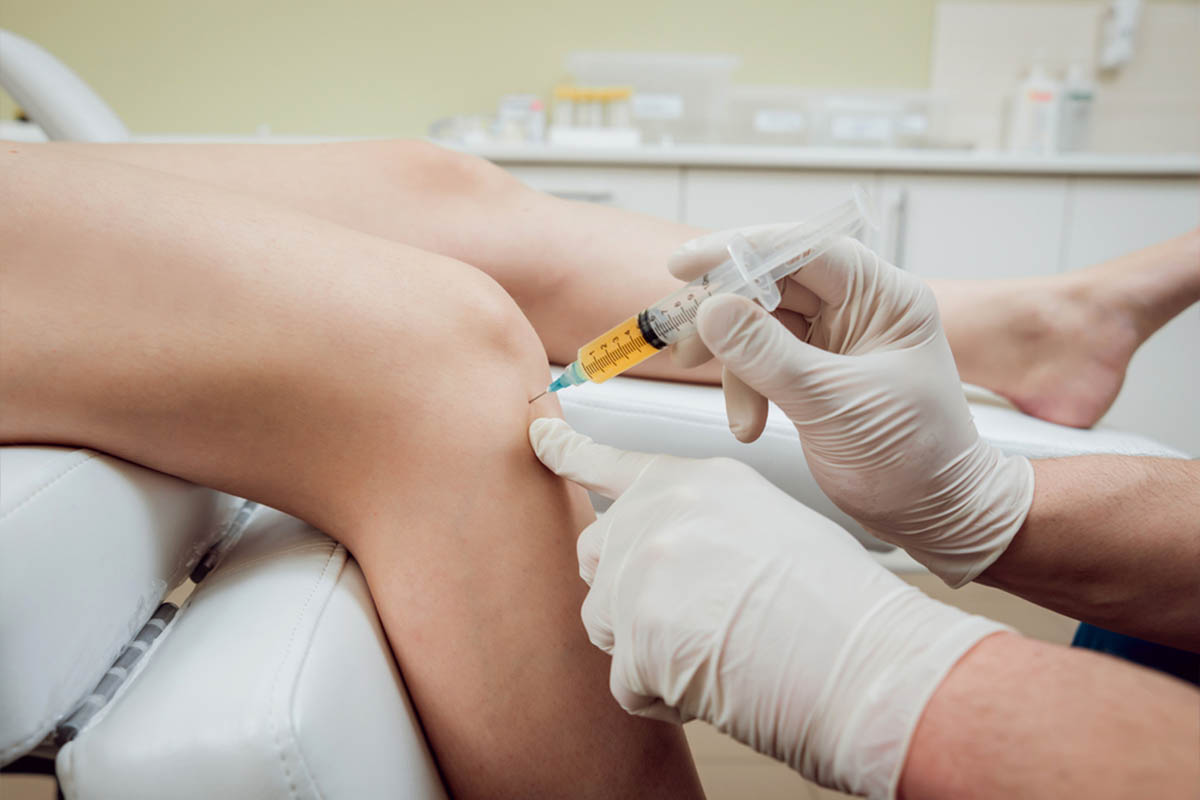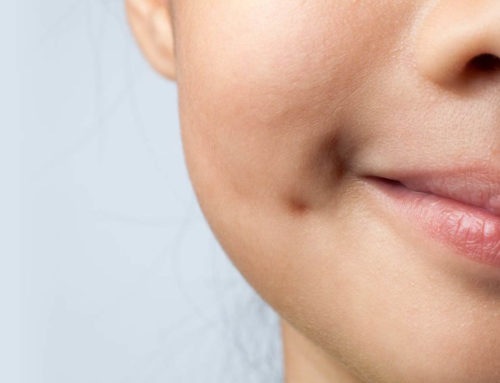Platelet-rich plasma (PRP) is derived through the centrifugation of whole blood extracted from a vein, boasting a higher platelet concentration compared to the original blood. Commonly referred to as PRP, this plasma harbors an abundance of growth factors, making it a valuable resource in addressing musculoskeletal diseases.

Contrary to long-held beliefs associating soft tissue pain with inflammation, investigations reveal that the primary issue lies in inadequate repair mechanisms. With its elevated levels of thrombocytes and numerous growth factors, PRP plays a pivotal role in promoting the regeneration of tendons and cartilage, actively supporting the healing process. Administering PRP through injections into the affected area ensures a heightened presence of growth factors, facilitating optimal therapeutic impact.
As a regenerative therapy, PRP seeks to activate the body’s inherent repair mechanisms, aiming to foster regeneration. Platelets, the minute blood cells originating from the bone marrow, assume a crucial role in this process. Characterized by their oval or round shape, platelets are the smallest blood cells, constituting 1% of human blood. Lacking a cell nucleus, these cells feature alpha, delta, and lambda granules in their cytoplasm.
Alpha granules, comprising over thirty growth factors and bioactive proteins, define the significance of platelets in facilitating wound healing. While renowned for their ability to staunch bleeding, platelets also emerge as vital contributors to wound healing, housing hundreds of proteins known as growth factors that play a pivotal role in this reparative process.
What Is the Objective of PRP Treatment?
The primary aim of PRP therapy is to bolster the body’s innate healing mechanisms and provide patients with a sustainable solution. Commonly employed in sports rehabilitation, PRP applications strive to expedite the return to sports activities and alleviate discomfort.
Unlike treatment approaches with diminishing effects over time, PRP stands out as a lasting remedy. Its application extends to various conditions, encompassing joint wear, tendon strain, ligament damage, and osteoarthritis. PRP proves efficacious in not only diminishing pain but also enhancing the ease of daily activities.
PRP is typically considered a supplementary element in treatment plans, introduced when other therapeutic methods prove ineffective, rather than being the primary intervention.
How Is PRP Treatment Administered?
In PRP treatment, the initial step involves drawing blood from the patient. The extracted blood undergoes centrifugation, separating the platelets and obtaining plasma with an elevated platelet concentration suitable for PRP. In PRP, the platelet content and, consequently, the concentration of growth factors are 5-10 times higher than normal.
The PRP, acquired post-centrifugation, is then directly injected into the soft tissue within the injured region or into the affected joint. The growth factors liberated in this area through PRP injection stimulate cellular activity, fostering the body’s regenerative capacity.
The frequency of PRP applications varies depending on the specific disease and the individual patient. Following the physician’s treatment plan, the procedure can be repeated at intervals of 2 to 3 weeks. In cases of joint calcifications, typically, three applications are administered.
For patients with arthritis, the decision on the timing of repetitions may extend into the following year, contingent upon the ongoing evaluation of the patient’s condition.
Which Conditions Can Benefit From PRP Treatment?
PRP applications prove effective in addressing a diverse range of conditions, expediting the healing process of injured ligaments, tendons, muscles, and joints. Specific conditions for which PRP treatment is utilized include:
- Tendonitis and chronic tendon injuries
- Tennis elbow/lateral epicondylitis
- Rotator cuff injuries and tears
- Anterior cruciate ligament injuries
- Pelvic pain and instability
- Back and neck pain or injuries
- Ligament and muscle injuries
- Osteoarthritis/calcification of joints (knee, shoulder, hip, spine)
- Nerve damage and injuries
- Back and spine problems
- Muscle tears and injuries
- Wounds that exhibit delayed healing
The healing process, particularly in the case of ligaments, can be prolonged. Integrating PRP injections into the treatment regimen accelerates the recovery of these tissues, presenting an appealing therapeutic option.

What Side Effects Can Occur with PRP Injections?
Given that PRP involves using the patient’s own blood, side effects are generally minimal. The procedure is considered safe, as it eliminates the risk of allergic reactions associated with using one’s own blood.
However, patients might experience temporary discomfort such as pain, irritation, or bleeding at the injection site. As with any procedure involving needle insertion into the body, there is a general risk of infection, bleeding, or nerve damage, though such occurrences are rare. Specific risks related to the underlying condition being treated are assessed during the examination before the procedure.
What to Keep in Mind Prior to PRP Treatment?
Before undergoing a PRP treatment session, it is crucial to have a discussion with your physician regarding your expectations from the procedure. Consider the following points before the treatment:
- Discontinuation of anti-inflammatory painkillers is advisable before PRP. Consult your doctor about stopping any medications not related to this treatment.
- Blood thinners and medications containing cortisone may need to be halted before the PRP session. However, it is essential to discuss this matter with your doctor and make informed decisions based on their guidance.
Considerations After PRP Treatment:
Following PRP therapy, it is advisable to rest on the day of the injection and limit movement for the subsequent days, minimizing excessive loading if feasible.
This period of partial rest facilitates healing in the joints or soft tissues by allowing the injected material to be absorbed effectively.
Moderate pain or discomfort around the injection site for the initial three days is typical and signifies the body’s initiation of the healing process. Adequate hydration during this period is crucial to support healing.
Refrain from taking any medication unless directed by your doctor, as certain medications may interfere with the healing process and diminish its efficacy.
To optimize outcomes post-PRP injection, it is recommended to abstain from anti-inflammatory pain relievers and corticosteroids, except for pain relievers containing paracetamol, for a minimum of two weeks.
Avoid blood thinners, vitamins, or supplements for 3-4 days.
For the initial 72 hours post-procedure, refrain from applying ice or heat to the injection site, taking hot baths or saunas, excessive alcohol consumption for the first few weeks, showering in the first 24 hours post-procedure, coffee consumption for the first week, and smoking.
Gradually increase daily activities after the initial three days, incorporating appropriate exercise as it is essential for treatment effectiveness. Consult your doctor regarding suitable exercises for your condition.
Ice application for 15 to 20 minutes, 3 to 4 times a day, and the use of paracetamol-containing medications if pain persists are recommended.
Initiate physical therapy in the third to fourth weeks post-injection to bolster long-term recovery. Maintain communication with your doctor to discuss your ongoing treatment plan.
Contact your doctor promptly if you experience redness, swelling, heat, or severe pain around the joint after treatment, as there is a rare risk of infection in the joint or soft tissues. Early detection is crucial for effective infection treatment. If excessive pain occurs, early ice application is advisable.
When Does PRP Show its Effects?
The positive outcomes of PRP treatment are not anticipated to manifest immediately. Typically, most patients start experiencing improvements, such as a reduction in pain or an increase in function, within 4-6 weeks. The timeline for these changes is influenced by factors like the specific location of the damaged area and the extent of the damage. During the weeks following the injection, it is advisable to maintain regular physiotherapy and refrain from excessive physical activity, avoiding overloading the injection site. This precautionary approach promotes more effective healing of the tissues.




